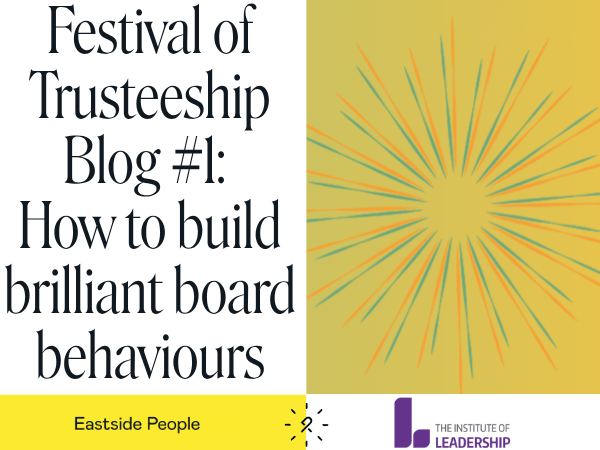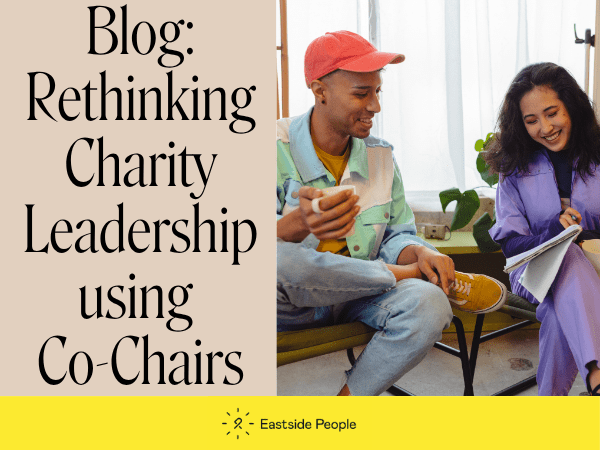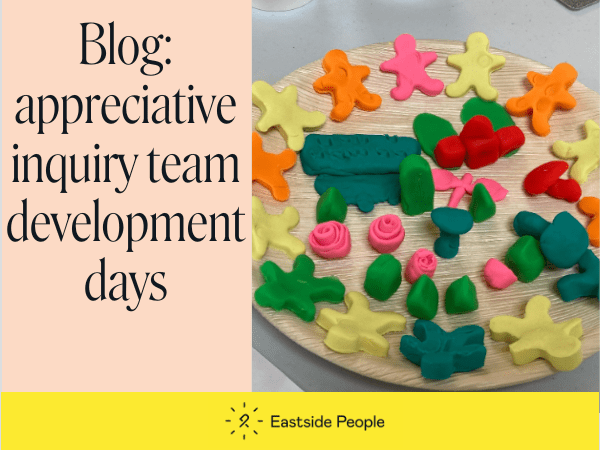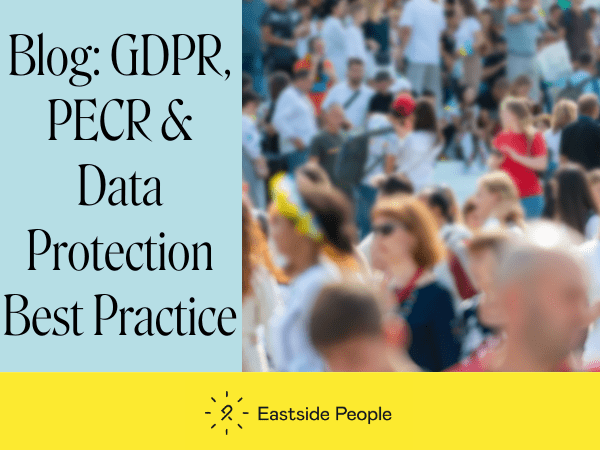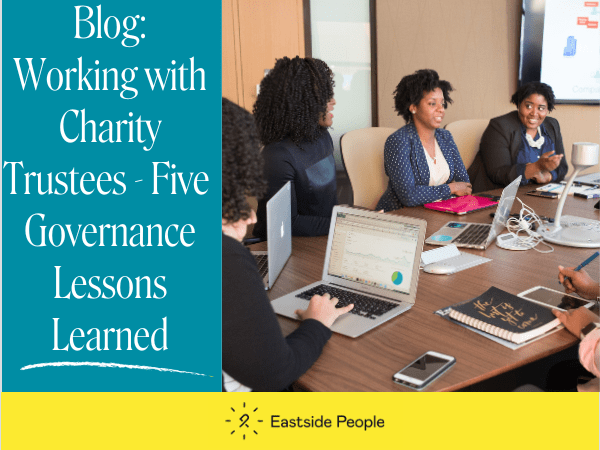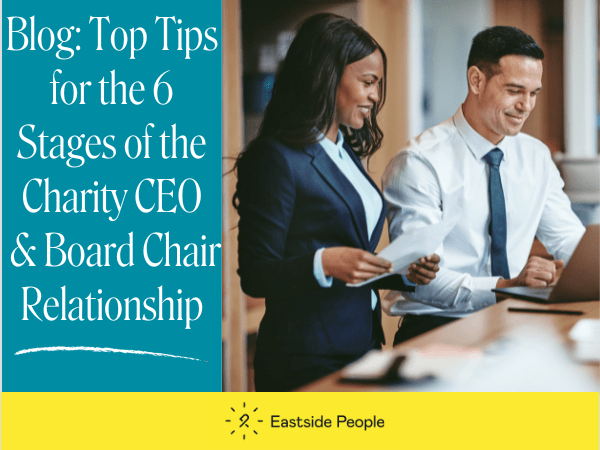This blog by Eastside People Consultant (and charity trustee) Fiona McAuslan discusses why a truly diverse board is essential for good governance and gives 10 top tips for recruiting for lived experience.
When recruiting new trustees comes up, boards often relegate board diversity to the ‘do later’ list, but a truly diverse board is essential for good governance.
Prioritising it brings better decisions, sparking innovation, and ensuring your charity truly reflects the communities it serves.
If your recruitment efforts aren’t bringing in the range of voices you’d like, here are ten practical ways to open the door wider.
1. Recognise lived experience as expertise
Don’t pigeonhole it – lived experience brings insight no professional qualification can. Make it clear in your advert that it’s valued as a strength.
2. Widen your recruitment funnel
Move beyond the usual networks you use. Share opportunities through grassroots groups, specialist platforms, and community partners. And remember to ask your frontline staff and volunteers too!
3. Review your shortlisting and feedback process
If applicants with the lived experience that’s relevant to your organisation aren’t making it to interview, check whether your criteria are unintentionally filtering them out. Always offer feedback to unsuccessful candidates so that they can strengthen future applications.
4. Reduce the financial barriers
The debate around whether trustees should be paid has gathered pace over the last decade. The Charity Commission offers clear guidance on the rules and risks. However even without taking this step, you can make sure your processes are equitable. Make it clear you cover expenses like travel, childcare and accessibility arrangements, make claiming expenses easy and the norm for all trustees, and offer flexibility so people aren’t excluded because they can’t afford to volunteer.
5. Actively break the echo chamber
Seek trustees who bring different backgrounds and perspectives – diverse thinking is the spark for innovation and growth.
6. Think intersectionally
Don’t stop at one dimension of diversity. Acknowledge and welcome candidates who live at the intersections of multiple identities. The experience of a Black woman will differ from that of a Black man or a white woman; an autistic queer person will navigate systems differently than someone who is only autistic or only queer.
When boards focus on only one dimension of diversity, they miss layered perspectives, which are often the very insights needed to make more informed, inclusive decisions.
7. Ditch the bad language
Use clear, accessible language in adverts. Offer options like applying with a 1-2 minute video. Remove unnecessary barriers: do candidates need previous board experience? Do they need ‘signicant senior experience?’ If not, take it out.
8. Create pathways into trusteeship
Advisory boards, mentoring, or keeping in touch with former service users can help build a pipeline of future trustees. Keep diversity in mind when you’re succession planning.
9. Build psychological safety in the boardroom
Encourage questions, value emotion, and welcome lived experience even when it’s expressed in different ways. A good chair will be attentive and make sure everyone’s voice is heard – and listened to.
10. Rethink what makes a ‘good’ trustee
Recruit for potential and passion, not just polished CVs – look for insight, energy, and commitment to your cause. This is what will propel the mission forward.
You’ll hear more brilliant ideas and insightful discussions at The Festival of Trusteeship taking place during Trustees Week 3-7 November 2025.
Explore Who’s missing from your board? Inclusive approaches to finding trustees and all the other sessions here.



